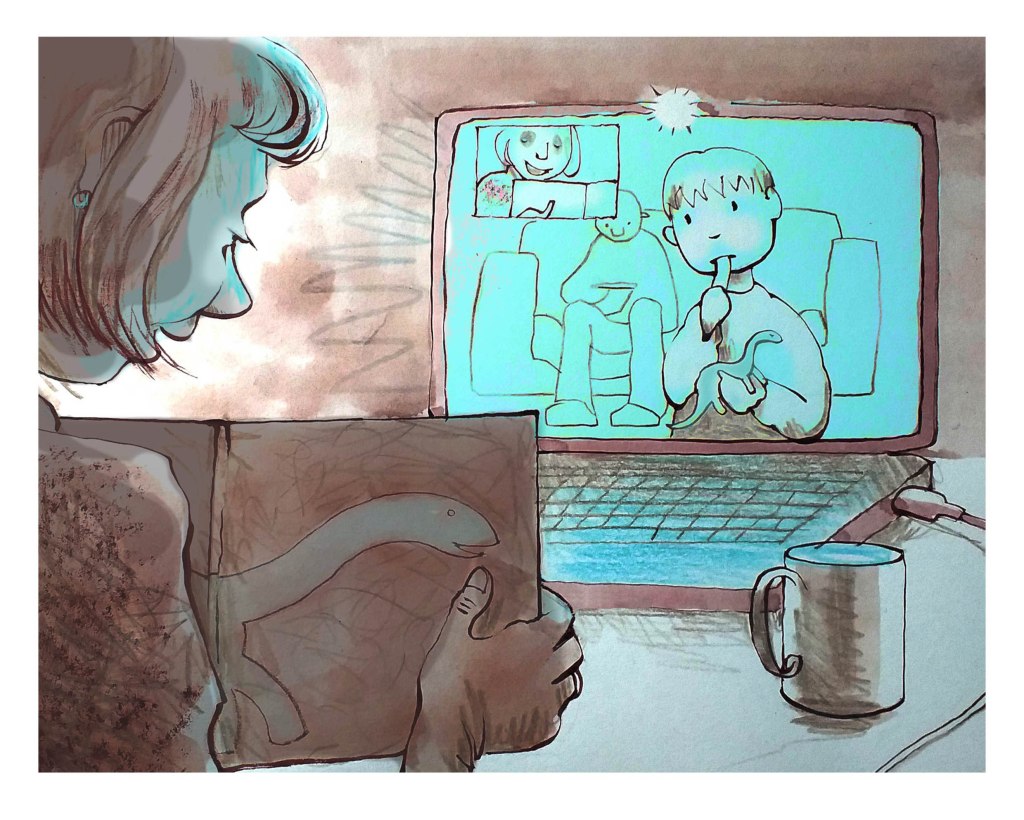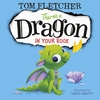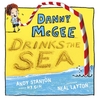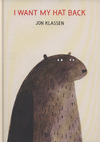In today’s blog, Catherine from Muirhouse Library, (currently attached to Kirkliston Library) and an illustrator, gives some handy tips and advice for reading together whilst apart.
We’re all getting so used to Zoom calls with friends and family, but it can be difficult to find a way to keep little people in the room when they’re so busy bobbing around doing their own thing. There are fantastic online storytelling sessions available and lots of families have been enjoying these together. But if you’re on a video call with your own family, and especially if you want to keep a connection alive with a wee one who’s far away this winter, you have the perfect opportunity to tailor a reading experience to your child’s exact preferences. Make it funny, make it chatty, make it musical, make it silly – give it a shot and see what books can bring to your Zoom call!

Choosing a book
Little ones won’t cut you any slack if their attention starts to wander while you’re reading, so the safest choice is a book that is bold and attention-grabbing. Interactivity is brilliant onscreen. It gives both readers a role and keeps your listener hooked into the plot while they wait for ‘their bit’.
Some books are written so that it’s clear when each person speaks – try ‘There’s a Dragon in your Book’ by Tom Fletcher/Greg Abbott – or ‘Don’t Let the Pigeon Drive the Bus’ by Mo Willems. In other books, you just can’t resist joining in. ‘All Join In!’ by Quentin Blake is great for this. Animal noises are also good – ‘What the Ladybird Heard’ by Julia Donaldson/Lydia Monks will work well. You probably have others in your household – don’t rule out the option of reading a book that is already familiar to the child. Having it read by a different person is really satisfying!
Humour is a winner when you have a small wriggly person to entertain. ‘Danny McGee Drinks the Sea’ by Andy Stanton/Neal Layton is a fantastic read-aloud, with a punchy rhyming text that little ones love. Theresa Heapy & Sue Heap’s ‘Very Little Red Riding Hood’ has a really funny toddler main character that brings out the silly voice in any reader; older siblings especially will laugh their socks off. And the ‘Oi Frog’ series (Kes Gray/Jim Field) is always popular– you’ll have a job getting through without snorting with laughter yourself.
Big bold illustrations are much easier to see than soft detailed ones when you are holding a book up to a camera, so opt for something punchy and visible. Read any by Morag Hood, or Jon Klassen’s pictures read really well onscreen – try I want my hat back or ones written by Mac Barnett.
Rhyming texts are also fab – pick any Julia Donaldson title, or how about Mike Nicholson’s ‘Thistle Street’ series (illustrated by Clare Keay), for rhyming text in Scots. Don’t be shy about getting a saucepan and a spoon out and using them to beat out a simple rhythm while you read – and your little reading partner at the other end of the call can do the same! An all-time winner for rhyme is ‘The Giant Jam Sandwich’ by John Vernon Lord and Janet Burroway, but watch out for the fantastically detailed illustrations. Hold them right up to the camera for best effect.
Before your storytime
Look at the book by yourself beforehand. It can really help to be familiar with the story, so you can read confidently while holding the book up to the camera.
Which are the important bits of the illustrations? If some of the story is told in the pictures, make sure you hold that bit of the page up to the camera so that it can be seen at the right moment.
Are you going to put on a different voice for any of the characters? If you enjoy doing that, it’s easier if you know beforehand when you’re going to do it. If you want to be really organized you can put little sticky page markers against the bits you need the voices for. This makes it easier to spot if you are reading upside down or from the side of the page!
Check how the whole set-up looks onscreen and make sure your listener can see the illustrations properly. If there’s a reflection on the page, if it’s lit from behind or if the book is too far away, it won’t be visible to the child. Be prepared to ‘zoom in’ on important or entertaining details within the pictures and decide beforehand what those are. This is a great way to change the pace – like showing a close-up in a film.
During the storytime
Use any way you can think of to make it easy for the child to listen. It’s very different from the close-in, physical experience of reading a book together on a sofa, so you have to work a wee bit harder to replace that. It’s nice for them to know they’re under no pressure. If you tell them up front it’s just something to try out, you haven’t lost anything. If you’re feeling flexible you could offer them a choice of a couple of titles, and tell them what’s good about each one.
You can give the child clues for things to look out for: ‘We’re going to see a cow in this book. What does a cow say?’ and that sort of thing. If they know they’ll get a chance to add sound effects it’s already a winner.
While you’re reading, your face can be part of the story too. You can pop round the side of the book and show by your expression that you think the dog licking the ice-cream is being naughty, or that you’re sleepy and yawning just like the main character. Switching between showing whole double spreads of the book, showing close-ups of the illustration details and showing your own face in shot are your three main options for changing the pace and keeping the visual interest. Of course it’s also brilliant if you’re reading to a little family member and you want to show them your friendly face as part of the package!
The most important thing of all!
Don’t aim to read for very long. Short. Is. Sweet. Lots of books invite conversation afterwards if they still have energy, or do you know any songs that tie in with what you’ve just read? ‘Old Macdonald Had a Farm’ could pair up with ‘What the Ladybird Heard’ – with pictures of animals held up to the camera at just the right moment!
When you have a book in your hand, you have a huge resource-pool for your onscreen chats, however you choose to use it. You don’t even need to read the whole story if there’s a single picture that you think your reading partner will love. It’s a great tool and a lovely way to link in with the real-life experiences you can have when you and the wee one are able to snuggle up together on that sofa once again.




